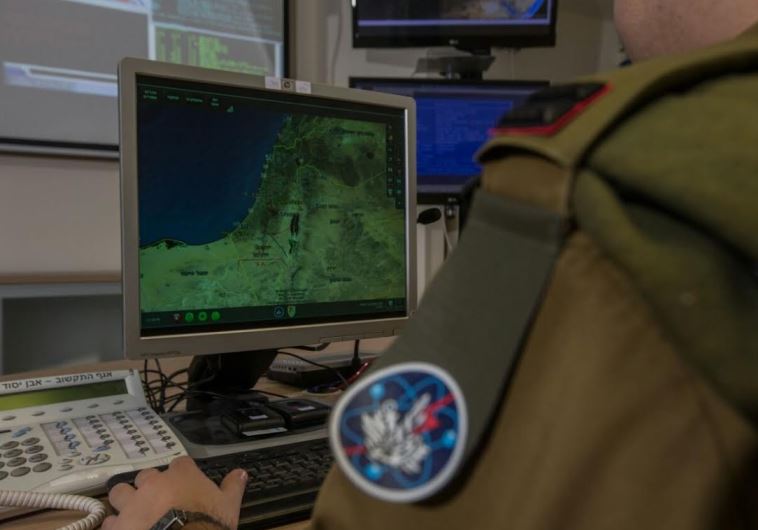IDF fighting to hang on to its cyber programmers
Commanders attempt to beat back the lure of the private sector, with its siren song of far more comfortable conditions.
 Photos of personnel from the C4i Division(photo credit: IDF SPOKESPERSON'S UNIT)Updated:
Photos of personnel from the C4i Division(photo credit: IDF SPOKESPERSON'S UNIT)Updated: